Beginning Wednesday, September 22, 2021, the Province of Ontario is requiring proof of vaccination from patrons to enter select businesses. Ontario is joining other provinces with a vaccine certificate program that will eventually become a QR code (see update below). It is a reality business owners and operators are facing and, like so many of the regulations in the past year, businesses need to adapt and work hard to keep their business going.
Staebler’s goal throughout the pandemic is to keep our clients informed as much as possible with changing rules and regulations. To review what we have covered so far, please visit the Staebler COVID-19 resource page.
UPDATE (October 20, 2021): All Ontarians are eligible to download the QR code version of their vaccination certificate. This enhanced certificate is designed to make it an easier and more secure way to verify vaccination status. For businesses, they can now use the Verify Ontario mobile app which reads the QR code and confirms a visitor’s eligibility to enter.
- Get the enhanced QR code certificate
- Download the Verify Ontario mobile app
WHAT TYPES OF BUSINESSES ARE AFFECTED
The following list created by the provincial government includes which businesses will need to ensure patrons show proof of vaccination and proof of ID before entry:
• Indoor areas of meeting and event spaces (with limited exceptions)
Includes banquet halls, conference and convention centres
- Indoor and outdoor areas of food or drink establishments with dance facilities, including nightclubs and restoclubs and other similar establishments
Excludes delivery and takeout - Indoor areas of restaurants, bars, and other food and drink establishments without dance facilities
Excludes outdoor areas (i.e., outdoor patios), delivery and takeout - Indoor areas of facilities used for sports and recreational fitness activities, including waterparks, and personal fitness training
Includes gyms, fitness/sporting/ recreational facilities, pools, leagues sporting events, waterparks, and indoor areas of facilities where spectators watch events Limited exceptions apply - Indoor areas of casinos, bingo halls, and other gaming establishments
- Indoor areas of concert venues, theatres, and cinemas
- Indoor areas of bathhouses, sex clubs and strip clubs
- Indoor areas of horse racing tracks, car racing tracks and other similar venues
Includes indoor only for horse racing and car racing and other similar venues - Indoor areas where film and TV productions take place with studio audiences
Does not include cast and crew members
WHAT BUSINESSES NEED TO KNOW
When a patron is entering one of the above businesses, the business is required to confirm the patron has received:
- the full series of a COVID-19 vaccine authorized by Health Canada, or any combination of such vaccines,
- one or two doses of a COVID-19 vaccine not authorized by Health Canada, followed by one dose of a COVID-19 mRNA vaccine authorized by Health Canada, or
- three doses of a COVID-19 vaccine not authorized by Health Canada
The final dose of the COVID-19 vaccine must have been received at least 14 days before the date of entry.
There are a number of exemptions to this regulation and they can be found in this section of the Reopening Ontario Act.
WHAT TO DO
The Ministry of Health has published their Proof of Vaccination Guidance for Businesses and Organizations under the Reopening Ontario Act. The guide provides a good outline for businesses on what and how they should be screening. To confirm full vaccination, follow these steps as outline by the Government of Ontario.
Part 1: Confirming Vaccination
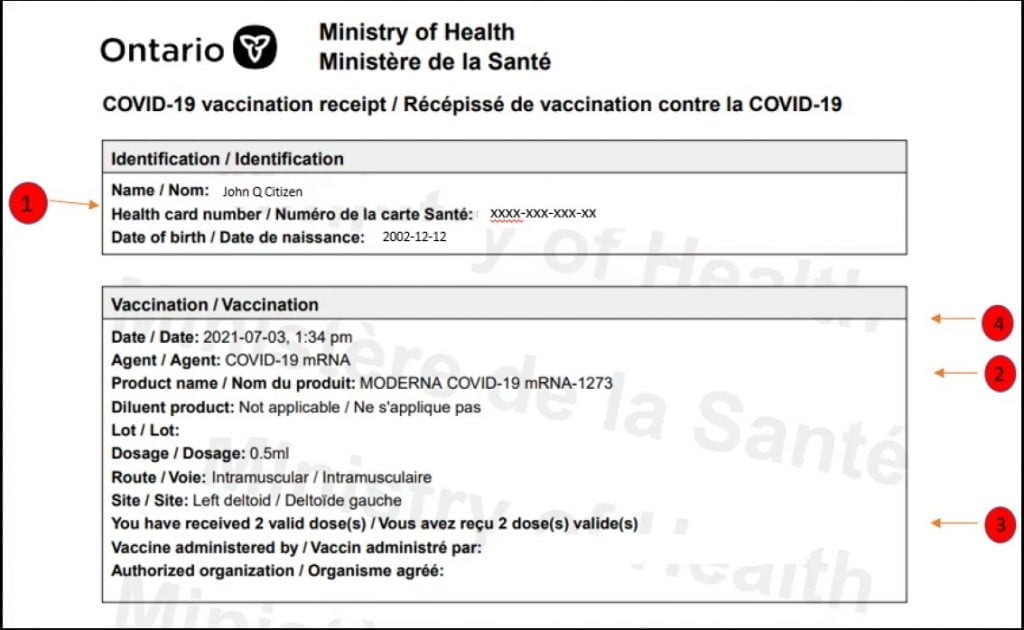
1. Match the name and the date of birth of the patron listed on the vaccination receipt against the name and date of birth on a piece of identification.
2. Verify the receipt is either (a) an Ontario receipt issued at the time of vaccination or any format of receipt downloaded from Ontario.ca that shows the holder is fully vaccinated against COVID-19 (b) a receipt signed by an Indigenous Health Provider, or (c) a receipt from another jurisdiction that shows the holder is fully vaccinated against COVID-19.
3. Verify that the receipt shows that the holder is fully vaccinated.
4. Verify that the date of administration of the final shot in the series is at least fourteen days prior to the date the patron is seeking access to the business or organization.
Part 2: Confirming the identity of the patron.
Businesses must also confirm the identity of the individual in order to ensure that the vaccination receipt offered by the patron belongs to them. Validation of vaccination will be based on two key identifiers:
1. Name of the identification holder; and
2. Date of birth.
Photo identification is not required. Examples of identification documents that may be used to confirm the identity of the holder of the vaccine receipt include:
• Birth certificate
• Citizenship card
• Driver’s licence
• Government (Ontario or other) issued identification card, including health card
• Indian Status Card /Indigenous Membership Card
• Passport
• Permanent Resident card
Proof of vaccination will be accepted if the person’s name and date of birth on their identification document matches the vaccination receipt with name and date of birth and if the person is fully vaccinated.
Tip: Make it easier on staff: Have the date displayed that shows 14 days prior to today’s date. For example on September 22nd, 14 days prior is September 8th.
OTHER CONSIDERATIONS
Privacy
The Ministry of Health has pointed out that a business or organization shall not retain any information provided by a patron if the information is provided pursuant to a requirement under the Rules for Areas at Step 3 and at the Roadmap Exit Step.
Workplace Violence and Harassment
Considering the contentious nature of this new regulation, there is the potential for some patrons to express anger, frustration, or even violence towards staff member who are required to enforce the rules.
It is strongly recommended that businesses are prepared with a workplace plan and have strategies to deescalate a situation and protect employees.
Last year, the Workplace Safety and Prevention Service warned of violence and harassment towards staff and created a resource for employers to prepare for COVID-related outbursts.
Employees working in the retail and service sectors are at the greatest risk. They are the frontlines and often the ones that need to be enforcing policies. It is important to outline internal policies and have procedures in place if confront by an upset patron.
The WSPS also provides four eCourses for employers and employees that can be helpful when dealing with difficult or hostile customers and how to develop a workplace violence prevention program. Businesses are strongly advised to review their Violence and Harassment policies and procedures to ensure the safety of employees. Remember that under the Occupational Health and Safety Act, employers have a responsibility to take every reasonable precaution to protect an employee. This includes not only addressing the risk of COVID- 19 transmission, but also the risk of workplace violence where that hazard may exist.
An article in The Record warned of frontline staff being the target of harassment and anger as they are required to impose the government-mandated policies.
POTENTIAL PENALTIES
If a business fails to comply with the requirements and are caught, they can be charged under the Reopening Ontario Act. Set find amounts include $750 for individuals and $1,000 for corporations. Maximum penalties could be up to $100,000 and a year in jail for an individual, up to $500,000 and a year in jail for a director or officer of a corporation, and up to $10-million for a corporation.
Anyone found obstructing a person who is performing a duty in accordance with the requirements can also be charged under the Reopening Ontario Act.
FEEDBACK
Businesses and organizations can submit questions to the Ministry of Health via https://www.ontario.ca/feedback/contact-us?id=25811&nid=98977
FURTHER RESOURCES
• Developing your COVID-19 Workplace Safety Plan
• Understand the law on workplace violence and harassment
• Proof of Vaccination Guidance for Businesses and Organizations
• Occupational Health and Safety Act (OHSA)


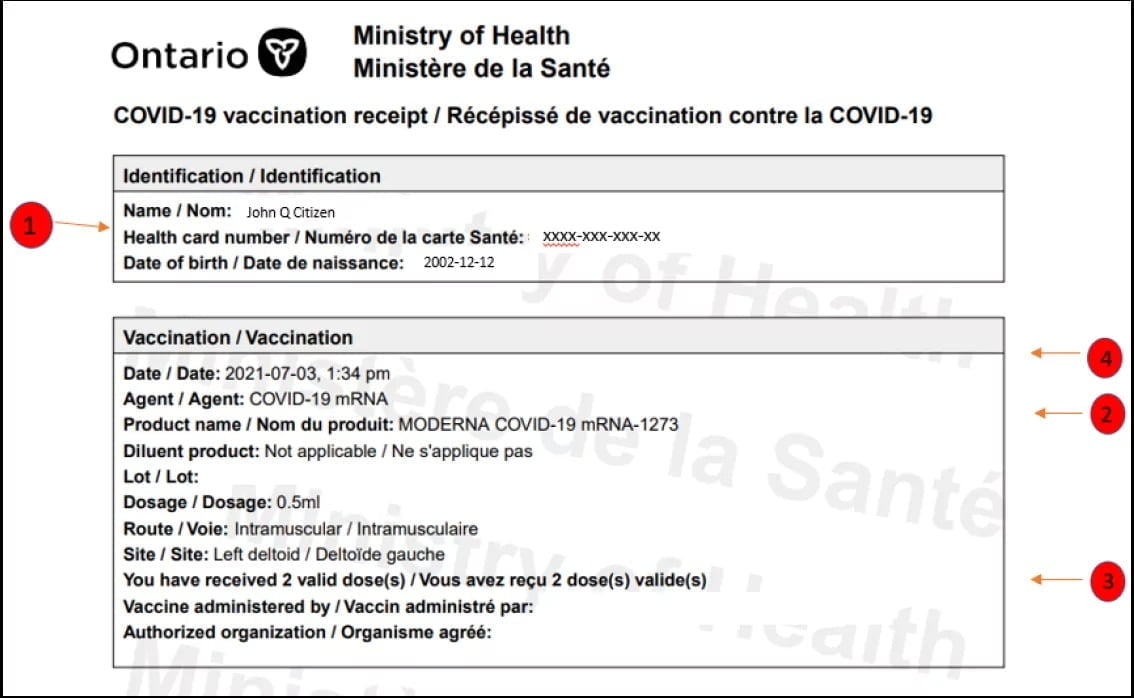




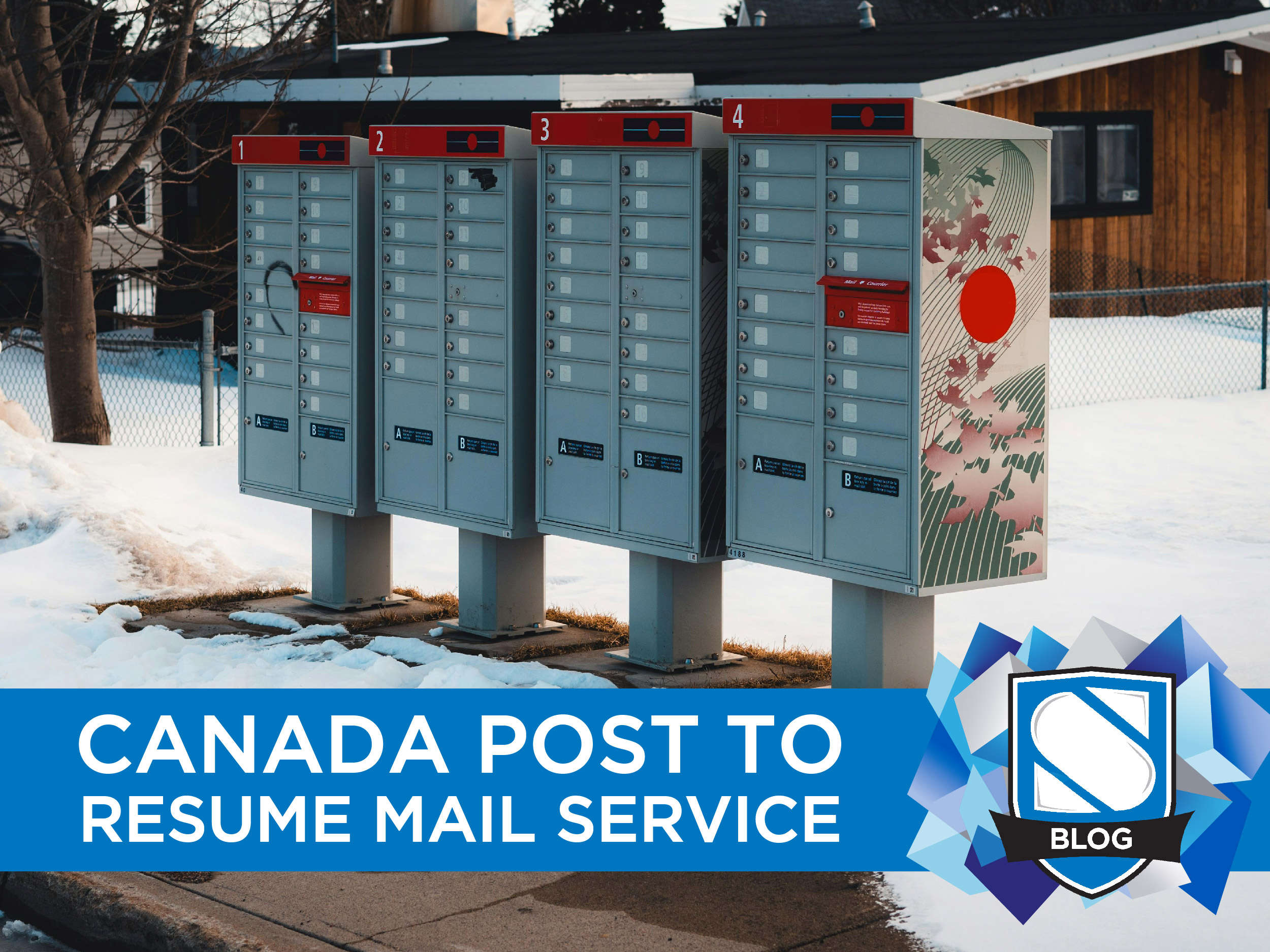
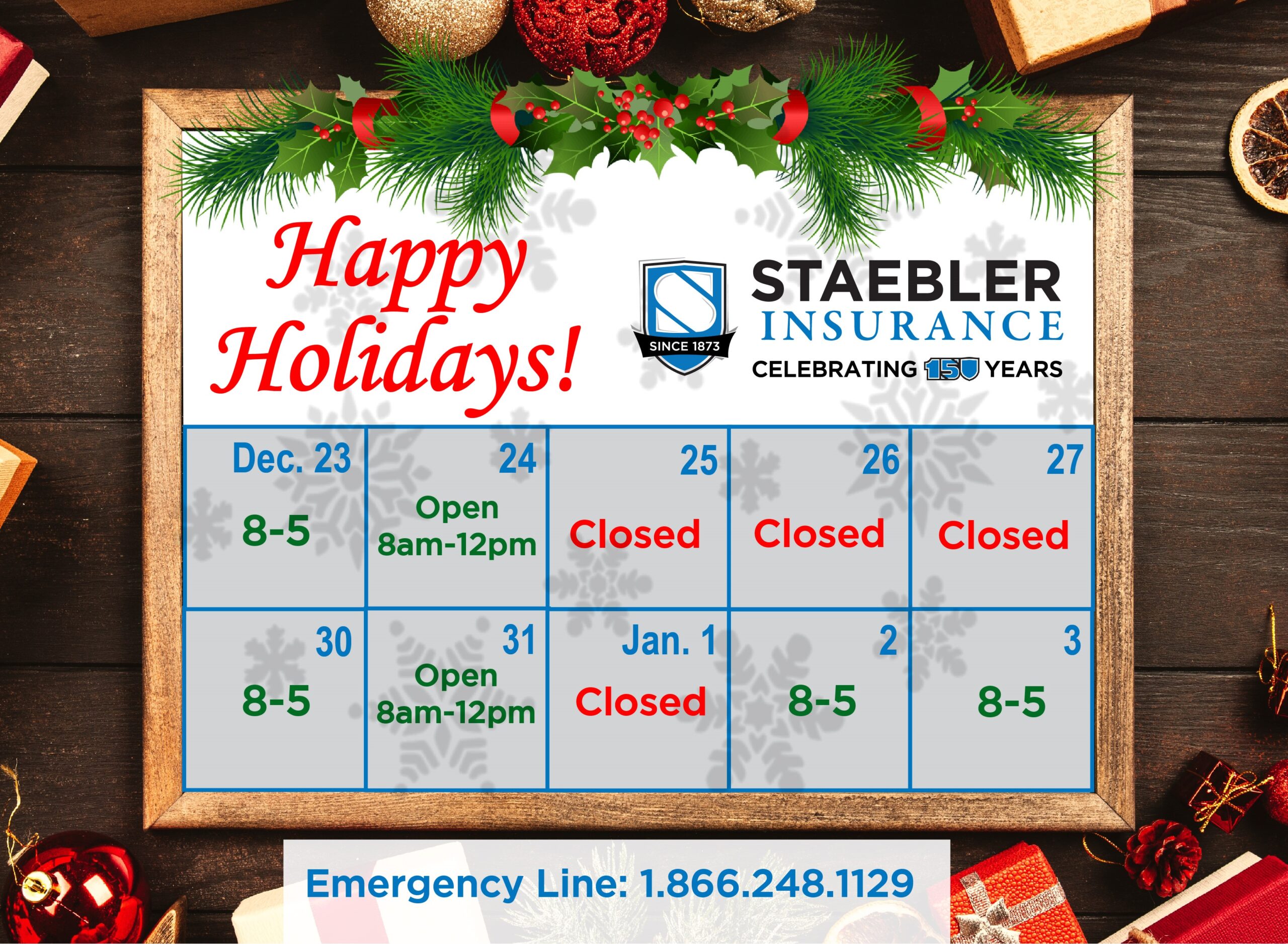

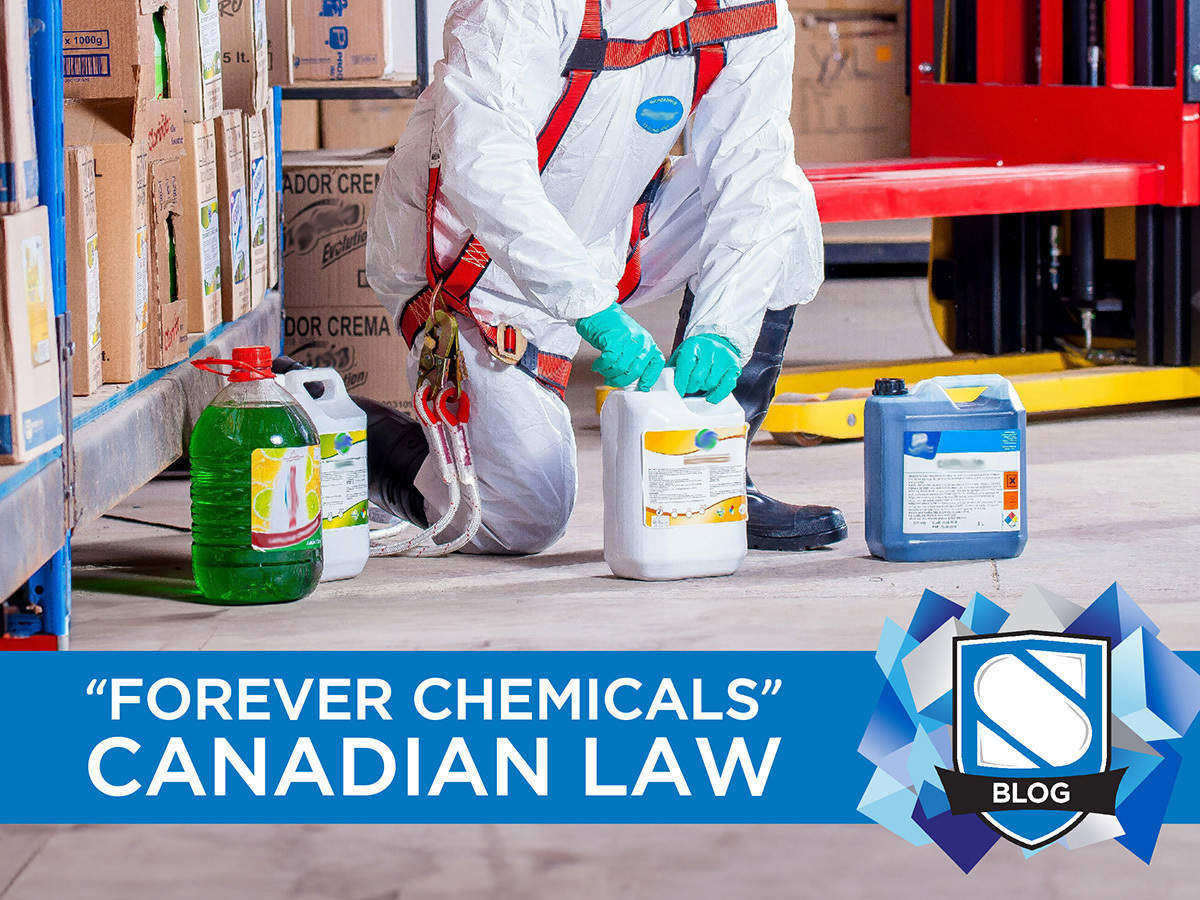
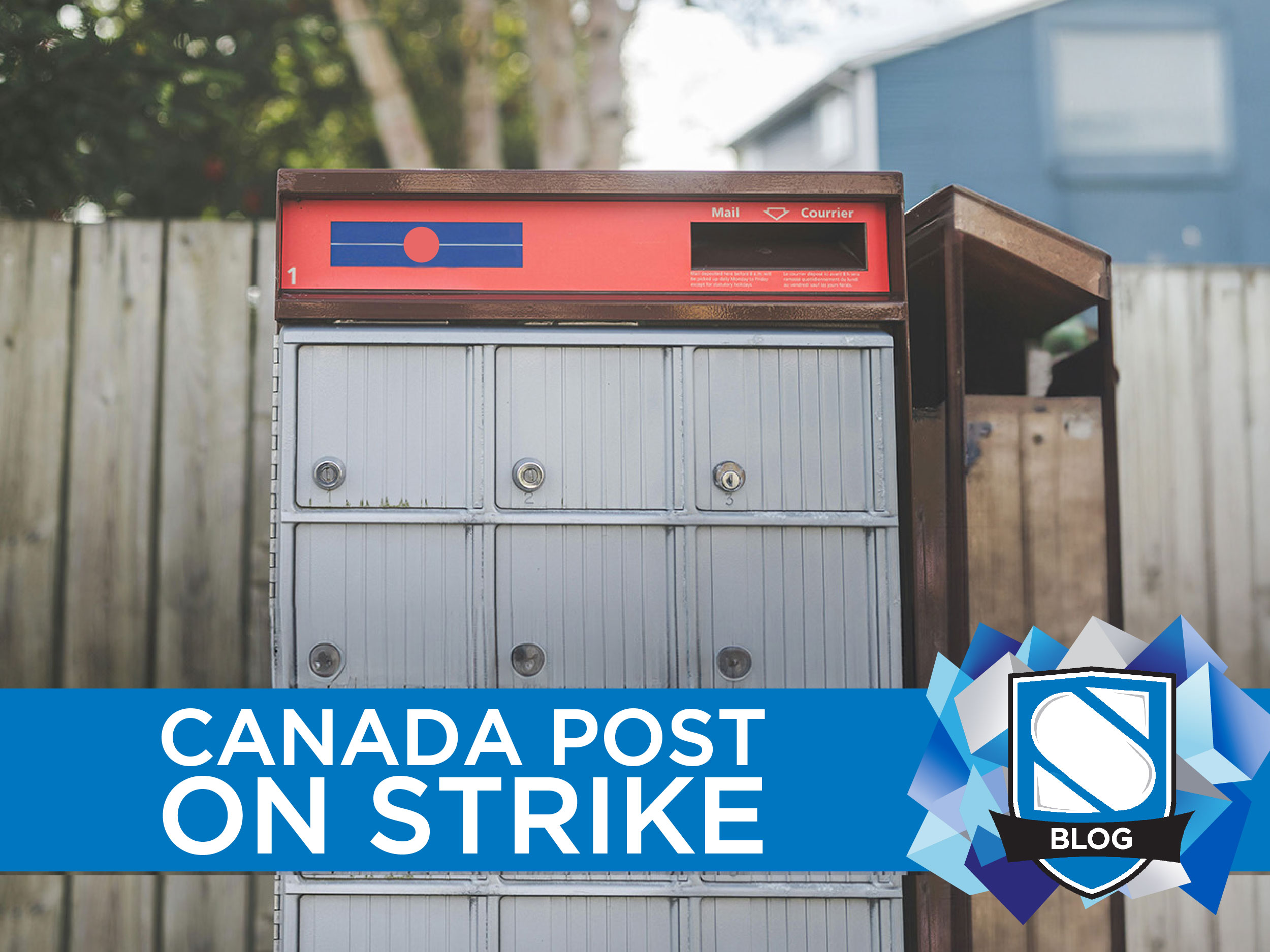


0 Comments